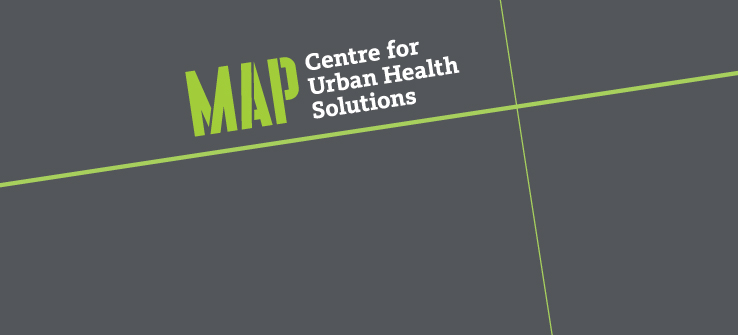The Temerty Faculty of Medicine’s annual Dean’s Lunch, hosted by Dean Trevor Young to thank and celebrate the Faculty’s most generous donors, is traditionally a relaxed, unrushed occasion. Yet, much of the focus of Kamran Khan’s keynote during the most recent event was the value of speed.
During his talk, Khan (MD’96) provided guests with an overview of his unconventional career path through medicine that ultimately led to him founding and leading BlueDot — a certified B company that seeks to identify, understand and respond to global biological threats faster and more effectively than ever before.
“Epidemics and pandemics move very quickly — spreading inadvertently by people as we travel around the world,” explained Khan, an infectious disease physician at Unity Health’s St. Michael’s Hospital and a Temerty Health Nexus Chair in Health Innovation and Technology at Temerty Medicine. “Today, access to big data and the refinement of machine learning is giving us the ability to get ahead of and move faster than outbreaks.”
After working on the front lines during the 2003 Toronto SARS outbreak, Khan was inspired to study transportation networks that connect people around the planet and are the conduit through which diseases spread geographically.
In the early days of 2009’s H1N1 pandemic, Khan published a predictive article in the New England Journal of Medicine about how the virus was anticipated to spread via airline travel. While his work provided an interesting snapshot of the evolving situation, by the time it was published just two weeks later, the virus had already moved on and his findings were no longer actionable.
That’s what inspired Khan to found BlueDot as a vehicle to translate the work he was doing as a scientist into real world impactful solutions and technologies. Harnessing technology, including artificial intelligence, he and his team have developed a global early warning system that identifies emerging outbreaks around the world, recognizes those that pose the greatest threat, anticipates their local and global trajectories, and disseminates timely, actionable insights to public and private sector decision makers.
Then came the moment everything coalesced: the early days of what would eventually be named COVID-19.
“In December 2019, we were picking up information about an unusual respiratory syndrome circulating in China’s Hubei Province,” says Khan. “We were able to notify all the organizations with whom we work a week ahead of any announcements from the World Health Organization, CDC or other health agencies.”

